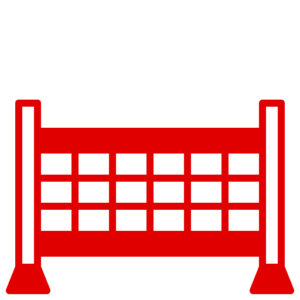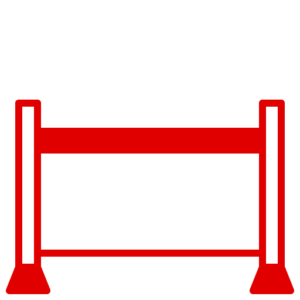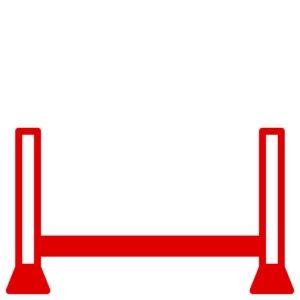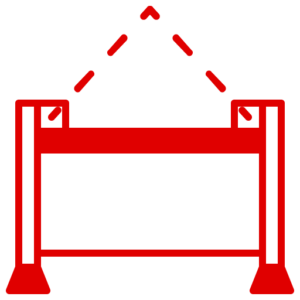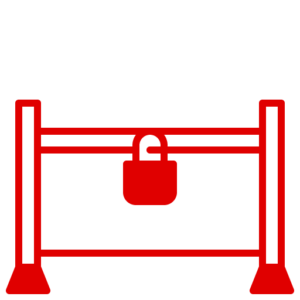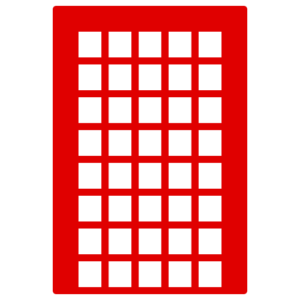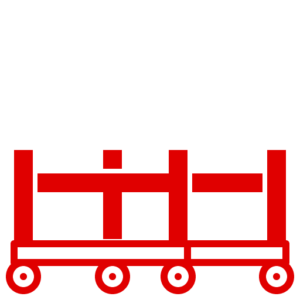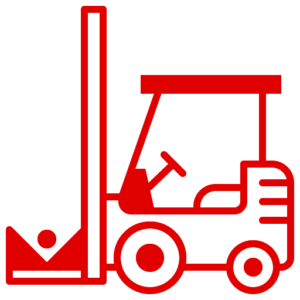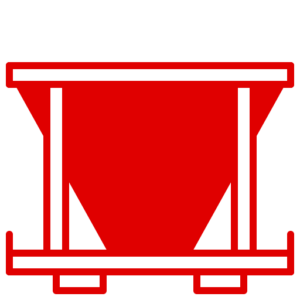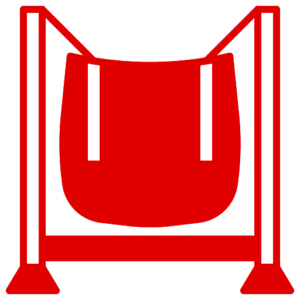News
Noise Control Measures for Stillage Operations: A Guide for Compliance with PUWER Regulations
Welcome to the Lowe Stillages and Cages blog! In this post, we will discuss the steps required to implement effective noise control measures for stillage operations, ensuring compliance with the Provision and Use of Work Equipment Regulations (PUWER). Excessive noise exposure can pose significant health risks to employees, including noise-induced hearing loss. By following these steps, employers can protect their workforce, reduce noise-related hazards, and meet regulatory requirements.
- Conduct a Noise Assessment: Begin by conducting a thorough noise assessment specific to stillage operations. Identify areas where noise levels exceed permissible exposure limits and determine the sources of noise, whether it be equipment, machinery, or processes associated with stillages. This assessment will serve as a foundation for developing effective noise control strategies.
- Engineering Controls: Implement engineering controls to reduce noise at its source. This may involve modifying or replacing noisy equipment with quieter alternatives. Additionally, installing noise enclosures or barriers and using vibration isolators can help reduce noise transmission. By addressing the root causes of noise, you can significantly mitigate its impact on employees.
- Administrative Controls: Implement administrative controls to minimise employee exposure to noise. Consider implementing work rotation schedules to limit the time employees spend in noisy areas. Providing quiet break areas or designated rest periods can also offer respite from high noise levels. Establish noise control policies and procedures to ensure consistent adherence to safety guidelines.
- Personal Protective Equipment (PPE): In areas where engineering or administrative controls cannot adequately control noise levels, provide employees with appropriate hearing protection. This may include earplugs or earmuffs. It is crucial to train employees on the proper selection, use, and maintenance of hearing protection to ensure its effectiveness.
- Maintenance and Inspection: Regularly inspect and maintain equipment associated with stillages to ensure they operate efficiently and produce minimal noise. Proper lubrication, vibration analysis, and repair or replacement of components contributing to excessive noise generation are essential. This proactive approach will help prevent noise-related issues and maintain a safer working environment.
- Training and Education: Train employees on the risks associated with excessive noise exposure and the importance of adhering to noise control measures. Educate them on the proper use of engineering controls, administrative controls, and personal protective equipment. By promoting awareness and providing comprehensive training, you empower employees to actively participate in noise reduction efforts.
- Monitoring and Surveillance: Implement a monitoring and surveillance program to assess noise levels regularly. Conduct noise measurements to ensure compliance with applicable exposure limits. Additionally, consider audiometric testing to monitor employee health and detect early signs of noise-induced hearing loss. Monitoring ensures the effectiveness of implemented control measures and enables timely interventions if needed.
- Communication and Consultation: Encourage open communication between employees and management regarding noise concerns. Establish mechanisms for employees to report noise-related issues or suggest improvements. Involving employees in the development and review of noise control measures fosters a collaborative approach and increases the effectiveness and acceptance of implemented strategies.
- Record Keeping: Maintain detailed records of noise assessments, control measures implemented, employee training, and monitoring results. These records demonstrate compliance with PUWER regulations and facilitate progress tracking. They also serve as valuable references for identifying areas for improvement and ensuring ongoing compliance.
- Periodic Review: Regularly review noise control measures to assess their effectiveness and make necessary adjustments. Stay informed about advancements in noise control technology and best practices to continuously improve noise reduction efforts. Conduct periodic reassessments to adapt to changing circumstances and ensure the highest level of noise control.
Conclusion: Implementing noise control measures for stillage operations in compliance with PUWER regulations is vital for protecting employees, reducing the risk of noise-induced hearing loss, and ensuring adherence to relevant noise control guidelines. By following these steps and prioritising employee safety, employers can create a work environment that promotes well-being and productivity. Remember, effective noise control measures require a combination of engineering controls, administrative controls, personal protective equipment, regular maintenance, training, and ongoing monitoring.
At Lowe Stillages and Cages, we are committed to providing not only high-quality stillages but also supporting our customers in implementing safety measures. By following these guidelines, you can ensure a safe and healthy workplace for your employees while complying with PUWER regulations.
If you have any questions or need further assistance in implementing noise control measures for stillage operations, feel free to reach out to our team. Together, we can create a safer and quieter working environment.

